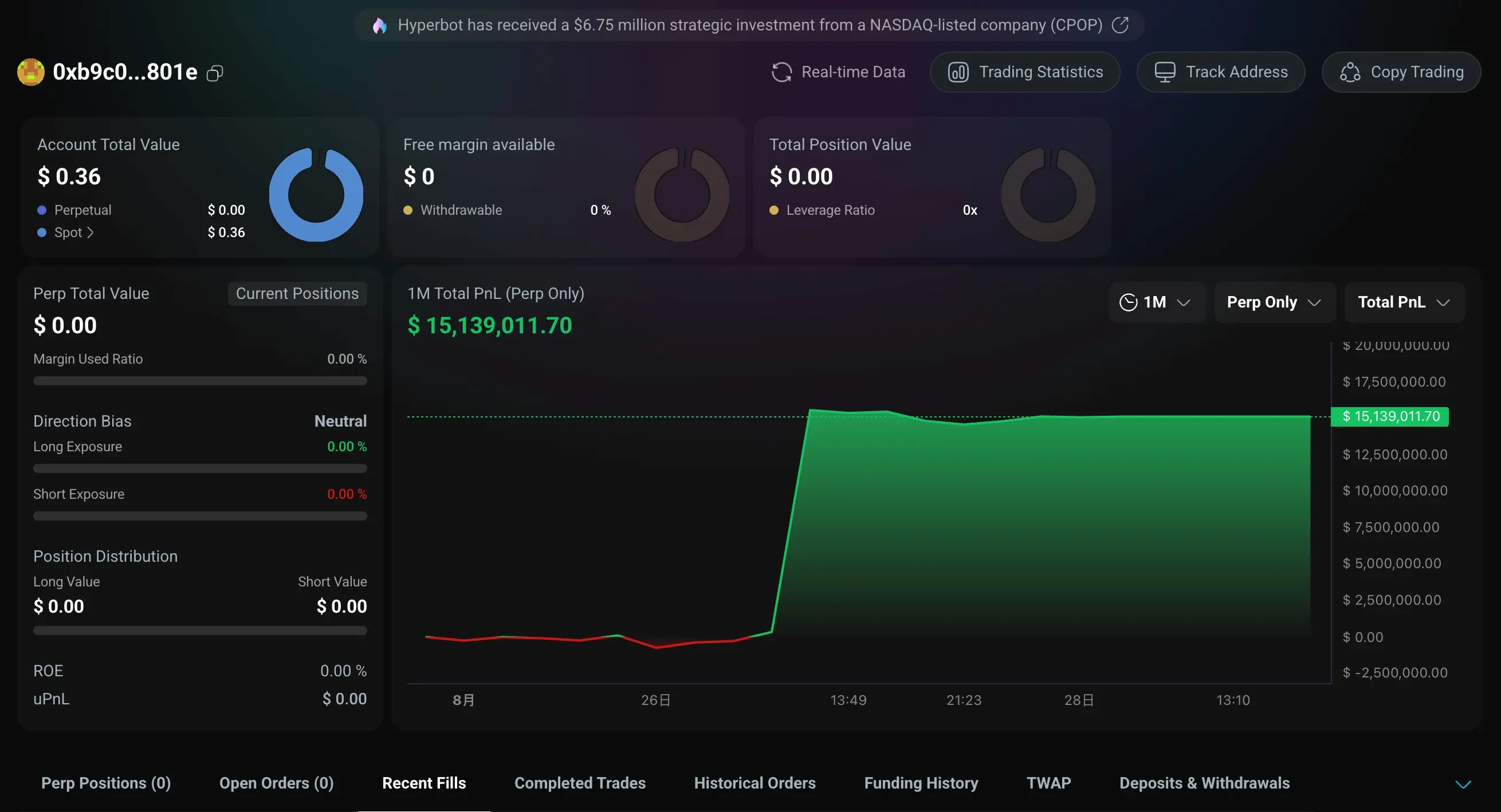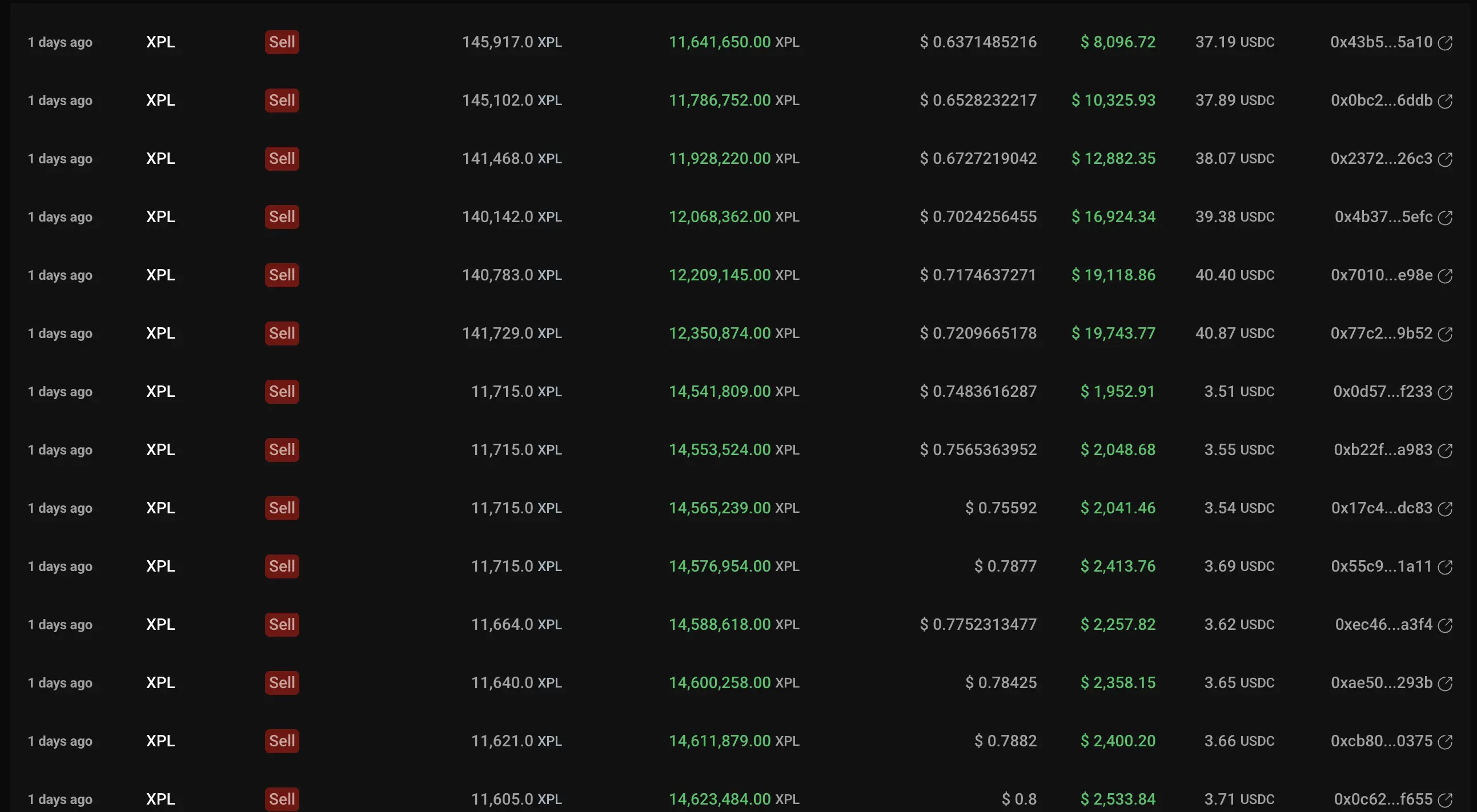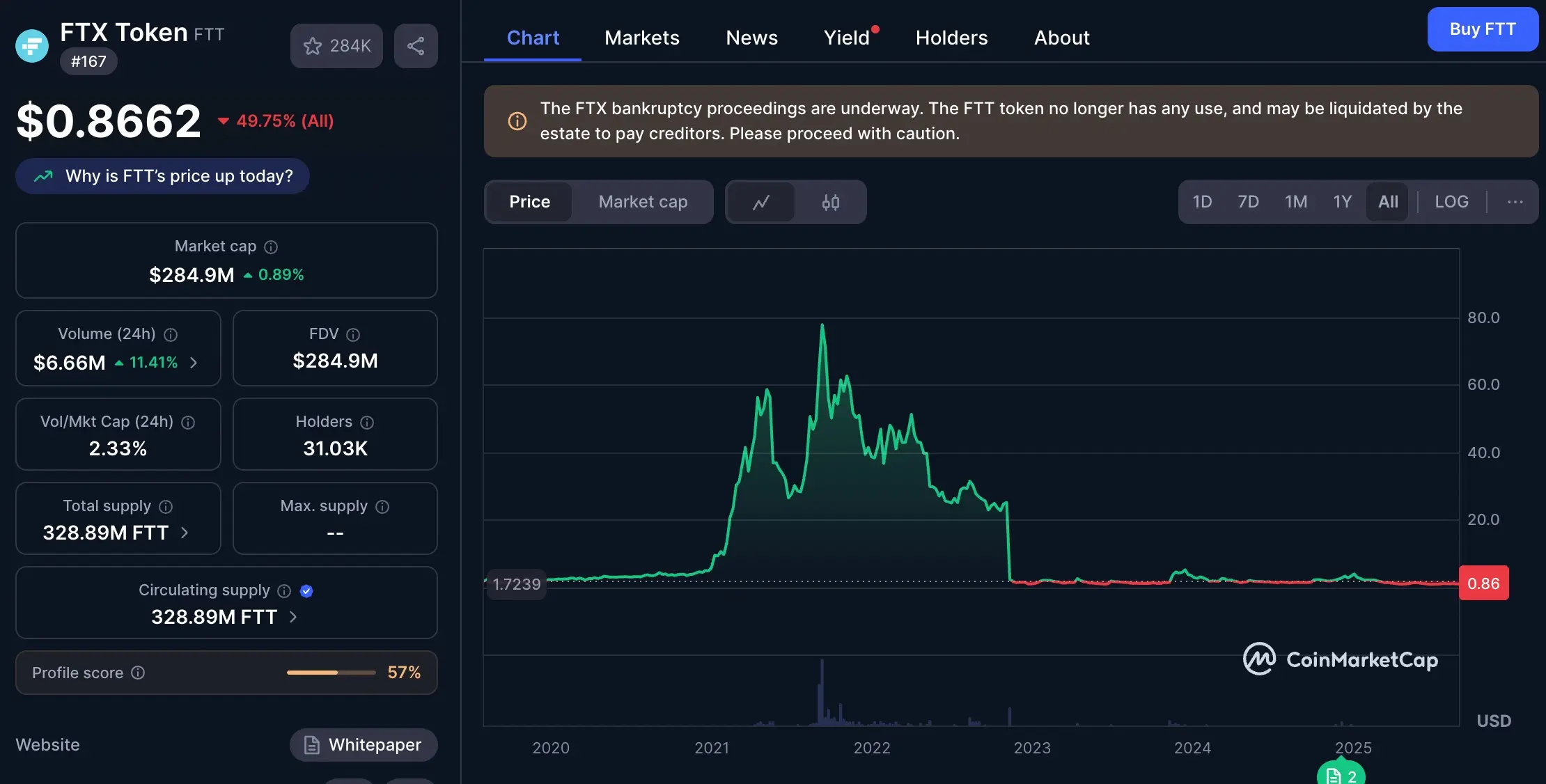How did XPL attackers use Hyperliquid's rules to teach all DEXs a lesson worth tens of millions of dollars?
Written by: Carrot
This is not a hacker, this is a conspiracy
Two days ago, a textbook-level "precision sniping" was staged in Hyperliquid, and the protagonist was a token called $XPL. In the end, the attackers leveraged a massive short liquidation at a cost of less than $200,000, making a profit of over $10 million.
The most important thing is: this is not a hack and the attacker did not exploit any code vulnerabilities.
Instead, he taps into what DEXs are most proud of – complete transparency. It was a hunt in the sun that fully complied with the rules of the protocol. This incident serves as a mirror to reflect the structural weaknesses beneath the glamorous exterior of all current on-chain exchanges (DEXs).
Part I: Attack Trilogy: How Does the Hunt Happen?
To understand this attack, you need to know a core mechanism of perpetual contract exchanges: price feeds. To put it simply, the futures platform needs a "real price" to judge who has earned, who has lost, and who should be liquidated. This "real price" usually comes from an external source, such as an on-chain spot market.
The attacker's script is a trilogy that revolves around this "price feeding" mechanism:
Step 1: Find the perfect prey
The attacker found $XPL. The perfect thing about this token is that its perpetual contract has trading volume on Hyperliquid, but its spot is almost entirely concentrated on a small exchange called Zebra on the Arbitrum chain, and its liquidity is extremely shallow. This means that it only takes very little money to pull the spot price to the sky.
Step 2: Source of Pollution Price
According to on-chain data, the attacker used about $184,000 in WETH to frantically buy XPL spot on Zebra. The results were immediate, with the spot price being pulled up nearly 8x in a short period of time. Hyperliquid's price feed mechanism refers to this spot price, so the "true price" in the contract is successfully tainted and artificially pushed to a ridiculous height.
Step 3: Harvest the Short Army
When the contract price spikes abnormally, all short positions are forced to face liquidation. On a platform like Hyperliquid, where the order book is completely transparent, it's almost a semi-public secret who will be liquidated at what price. The attacker looked at this "liquidation map" and accurately pushed the price past the tipping point. A large number of short positions were forced to close their positions, and the attackers, who had already been ambushed, easily took these bloody chips and finally made a profit of about $15 million.


Part 2: Is the "full transparency" of DEXs an advantage or a curse?
This incident has sparked a soul-torturing question: Is the transparency that DEXs pride on a good thing or a curse?
It is a sharp double-edged sword.
For the average user, transparency means fairness, verifiability, and no black box operation. But in the eyes of the attacker, the transparent order book is an attack map, and the automated smart contract is the executioner of automatic execution.
The protocol is neutral, it cannot distinguish between good and evil. As long as you play by the rules, it is faithfully executed. This "absolute neutrality" becomes an ATM for whales in the face of low-liquidity markets. This is why, in the face of such a naked attack, the agreement itself is powerless.
Part 3: So, is it safe to hide back on CEX?
Since DEXs are so dangerous, how about returning to the embrace of CEXs?
CEXs do have their "firewalls". Strict KYC, internal risk control teams, and price limit mechanisms can effectively increase the difficulty of such attacks. Trying to manipulate the contract price of a coin for $200,000 on Binance is almost a fantasy.
But is it safe? No. CEXs simply turn risk from a "transparent evil" into an "invisible evil."
On DEXs, the rules are public and the risk is calculable. In CEX, you are facing a black box. Your biggest risk is no longer an external sniper, but the exchange itself. The story of FTX and Alameda Research is the best proof of this – when a guard theft occurs, you will know nothing until everything is zero.
So, the key to the question is never which is better, DEX or CEX, but how to learn from both and create a more evolved species.

Part 4: Finding Answers from the Bottom of the Architecture - Using QuBitDEX as an example
$XPL events teach us that it is not enough to just move transactions on-chain. The future of the industry must solve these fundamental problems from the architectural level.
First, the price feeding mechanism must evolve. A single, illiquid spot market must not be the only basis for determining the life or death of tens of millions of dollars in positions. For example, QuBitDEX has explored and established one of the core principles from the beginning of its design, which fundamentally increases the cost of pollution prices exponentially by aggregating deep data streams from multiple leading CEXs and combining it with a time-weighted average (TWAP) mechanism.
Second, absolute transparency needs to be rethought. Is there a possibility that both the verifiability of settlement and the privacy of traders' policies can be guaranteed? This is also the direction QuBitDEX is exploring through its native Layer-1's ZK compatibility. Hybrid trading models like on-chain dark pools can effectively prevent malicious sniping without sacrificing the foundation of decentralized trust.
Finally, the protocol itself must become more "smart". It requires native risk management capabilities, not just a passive executor. Exploring the architecture described in the QuBitDEX whitepaper, its native AI layer is designed as a real-time risk engine capable of dynamically analyzing the market, identifying anomalous trading patterns, and informing protocol-level risk control. This practice of building risk management into the protocol's DNA represents a significant evolutionary direction for DEX architecture.
Final ConclusionThe
XPL incident taught everyone a lesson worth tens of millions of dollars: the next generation of DEXs can no longer be simple on-chain replicas. The future of the industry belongs to protocols that can deeply understand and address these structural vulnerabilities.
True innovation comes from platforms that can deeply synthesize the mature risk control concepts of CEXs with the verifiable and decentralized spiritual core of DEXs.
